Home>diy>Architecture & Design>How Long To Interior Design A House
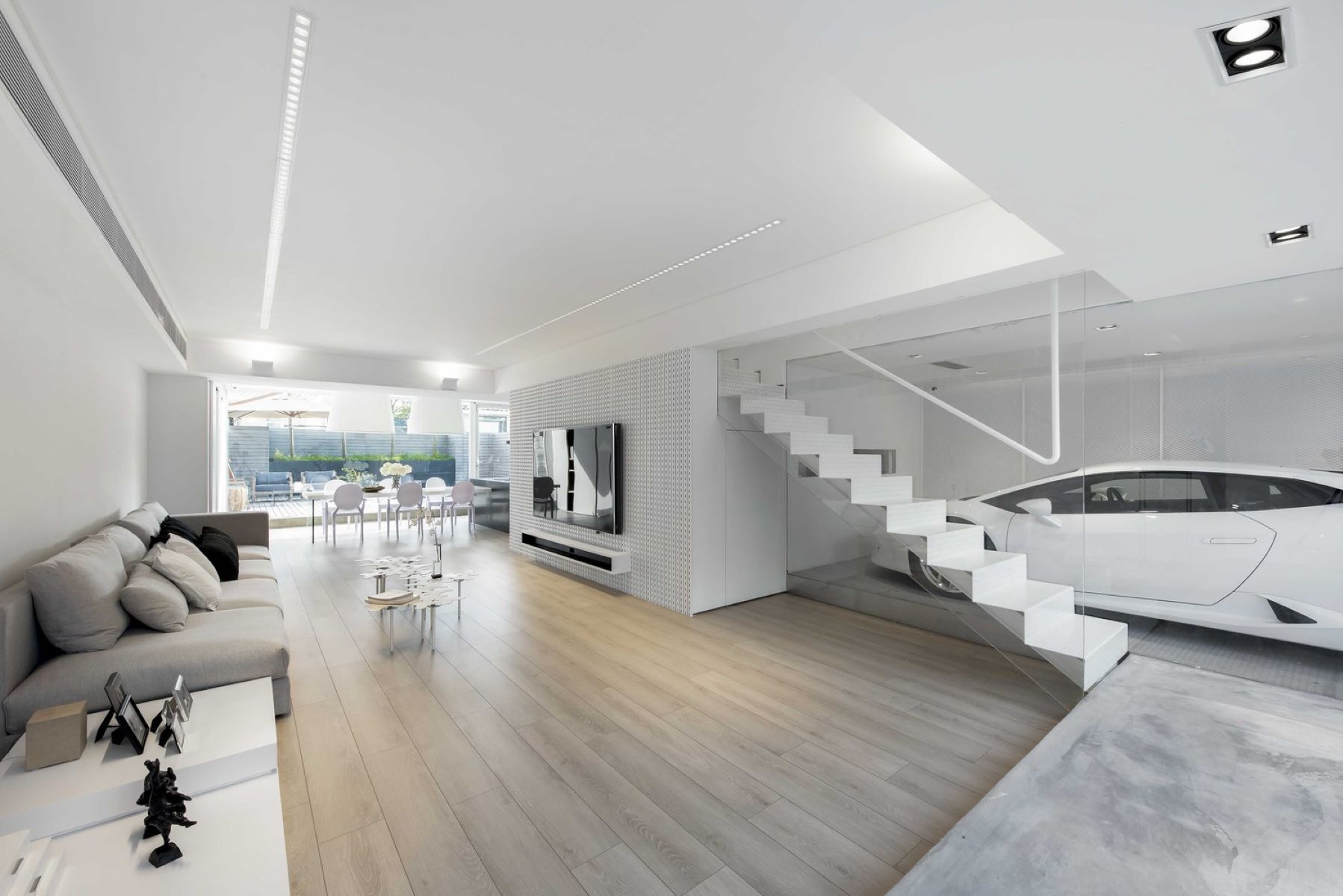

Architecture & Design
How Long To Interior Design A House
Modified: December 7, 2023
Discover how long it takes to beautifully design your dream house with the expertise of professional architects. Explore the world of architecture design and transform your space today.
(Many of the links in this article redirect to a specific reviewed product. Your purchase of these products through affiliate links helps to generate commission for Storables.com, at no extra cost. Learn more)
Introduction
Interior design plays a crucial role in transforming a house into a beautiful and functional living space. Whether you’re designing a new home or renovating an existing one, the interior design process is a multifaceted endeavor that requires careful planning, creativity, and meticulous execution. One of the common questions that homeowners often ask is how long it takes to complete an interior design project.
The duration of an interior design project can vary significantly based on various factors, such as the size of the house, the complexity of the design, the availability of materials, and the efficiency of the project management. In this article, we will explore the different factors that can affect the time it takes to complete an interior design project, and provide insights into each stage of the process.
Before diving into the details, it’s important to note that every interior design project is unique and there is no one-size-fits-all answer when it comes to the duration. However, by understanding the key factors and stages involved in the process, you can get a general idea of the timeline for your specific project.
So, let’s explore the factors that can influence the duration of an interior design project and gain a better understanding of each stage involved, from preparing the design concept to the final touches and finishing up.
Key Takeaways:
- Interior design project duration varies based on factors like size, complexity, material availability, and project management. Understanding these factors helps set realistic timelines and expectations for a successful project.
- Effective communication, collaboration, and careful planning are essential for navigating the interior design process. Flexibility and open communication with the design team are key to overcoming unexpected challenges and achieving a beautifully designed and functional living space.
Read more: How To Design The Interior Of A House
Factors Affecting the Duration of Interior Design Projects
Several factors can impact the duration of an interior design project. Understanding these factors will help you set realistic expectations and plan accordingly. Let’s take a closer look at each one:
- Size and Complexity of the Project: The size and complexity of the house significantly influence the duration of the interior design project. A small studio apartment may take less time compared to a large luxury villa with multiple rooms and intricate design requirements. The number of rooms, layout modifications, and customizations will also impact the timeline.
- Client’s Requirements and Budget: The level of detail and customization required by the client can affect the project duration. If a client has specific design preferences or requests custom-made furniture, it may take additional time to source the materials, hire craftsmen, and ensure the desired outcome. The budget allocated for the project can also impact the available resources and influence the timeline.
- Availability of Materials and Furnishings: The availability of materials and furnishings required for the project is crucial to keep the workflow smooth. If certain materials or furnishings are not readily available, it may result in delays as alternative options need to be sought or orders need to be placed. Careful planning and coordination with suppliers can help minimize these delays.
- Contractor and Vendor Selection: The time taken to select and finalize contractors, vendors, and suppliers can impact the overall project timeline. Thorough research and evaluation of different options are necessary to ensure the right professionals are chosen for the job. This includes reviewing portfolios, checking references, and negotiating contracts, which can take time but are essential for a successful project.
- Project Management and Coordination: Efficient project management and coordination are crucial to keep the project on track. This involves regular communication with contractors, vendors, and other professionals involved, as well as ensuring timely delivery of materials, overseeing the progress, and addressing any issues or changes. Effective project management can help minimize delays and ensure a smooth workflow.
- Execution and Installation: The execution and installation phase involves the actual implementation of the design plan. This includes tasks such as painting, flooring, electrical work, installation of fixtures and furniture, and more. The time taken for this phase can vary depending on the complexity of the design and the number of tasks involved.
- Final Touches and Finishing Up: Once the main construction and installation are completed, the final touches and finishing up phase begins. This includes adding decorative elements, selecting accessories, styling the space, and ensuring everything is in place. While this phase may seem minor, it is essential for achieving a polished and cohesive look for the final result.
By considering these factors and planning accordingly, you can get a better understanding of the timeline required for your interior design project. It is important to remember that flexibility and open communication with your design team are key to navigating any unexpected challenges or delays that may arise during the process.
Preparing the Design Concept
One of the initial stages of an interior design project is the preparation of the design concept. This is where the creative and artistic elements come into play, as the design concept sets the overall vision and direction for the project. The duration of this stage can vary depending on the complexity of the design and the level of collaboration between the designer and the client.
During this phase, the designer works closely with the client to understand their preferences, lifestyle, and requirements. This includes gathering information about the desired style, color schemes, functional needs, and any specific features or elements the client wishes to incorporate into the design.
The designer then conducts thorough research, analyzes the space, and creates initial sketches or digital visualizations that represent the design concept. This is usually presented to the client for review and feedback. It is not uncommon for several iterations and refinements to occur during this stage as the client and designer work together to fine-tune the design.
The duration of preparing the design concept can range from a few weeks to a couple of months, depending on the scope of the project and the complexity of the design. It is important to allocate sufficient time for this stage to ensure that the design vision aligns with the client’s expectations.
Factors such as the availability of the client for consultations and the speed of decision-making can also influence the duration of this stage. Open and effective communication between the client and the designer is vital to ensure a smooth and efficient process.
Once the design concept is finalized and approved by the client, it serves as the foundation for the rest of the interior design project. It provides a clear direction for the subsequent stages, such as material selection, contractor hiring, and project management.
Overall, preparing the design concept is an important phase in interior design projects as it sets the tone for the rest of the project. It requires attention to detail, creativity, and collaboration between the designer and the client to create a design concept that reflects the client’s vision and meets their functional and aesthetic needs.
Research and Selection of Materials and Furnishings
Once the design concept is finalized, the next stage in an interior design project is the research and selection of materials and furnishings. This phase involves careful consideration and evaluation of various options to bring the design vision to life.
The duration of this stage can vary depending on the complexity of the design and the availability of materials and furnishings. It is essential to allocate enough time for thorough research, as the choices made during this stage greatly impact the overall aesthetics and functionality of the space.
During this phase, the designer works closely with the client to determine the desired materials, finishes, textures, and colors that will be used in the project. The designer may create material boards or digital presentations to present different options and help the client visualize how they will look in the space.
Researching different suppliers, manufacturers, and vendors is also a crucial aspect of this stage. The designer needs to source the necessary materials and furnishings from reliable and reputable sources to ensure quality and timely delivery. This can involve visiting showrooms, attending trade fairs, and exploring online catalogs to find the perfect pieces that align with the design concept.
Factors such as budget constraints, lead times, and the client’s preferences play a significant role in the selection process. The designer needs to strike a balance between aesthetics and functionality, taking into account factors like durability, maintenance requirements, and eco-friendliness.
Collaboration between the designer, client, and suppliers is crucial during this stage. Regular communication helps ensure that the selected materials and furnishings meet the client’s expectations and align with the overall design concept. Any necessary revisions or adjustments can be made during this phase to create a cohesive and harmonious design.
Though the duration of the research and selection stage can vary, it typically ranges from a few weeks to a couple of months. It is important to consider lead times for certain items and factor in any potential delays in shipping or manufacturing.
By investing time and effort in the research and selection of materials and furnishings, the design team can curate a space that reflects the desired aesthetics, functions effectively, and brings the design concept to life. This stage sets the groundwork for the execution and installation phase and ensures a smooth transition to the next steps of the interior design project.
Contractor and Vendor Selection
After finalizing the design concept and selecting the materials and furnishings, the next crucial stage in an interior design project is the selection of contractors and vendors. This phase involves finding the right professionals to execute the design plan and source the required products and services.
Choosing the right contractors and vendors is essential to ensure that the project is executed efficiently and to the highest standards. The duration of this stage can vary depending on the complexity of the project and the availability of suitable professionals in the market.
The first step in this stage is to create a shortlist of potential contractors and vendors. This can be achieved through thorough research, recommendations from industry professionals, and studying previous projects to assess the quality of their work. It is important to consider their expertise, experience, and qualifications related to the specific requirements of the project.
Once the shortlist is established, the next step is to contact them and initiate a bidding process or request proposals. During this process, it is crucial to provide detailed information about the project scope, timeline, and budget constraints to ensure accuracy in their proposals or bids. This allows for a fair and thorough comparison of the different options available.
When evaluating the proposals or bids, factors such as cost, timeline, quality of work, references, and communication skills should be taken into consideration. It may be necessary to conduct interviews, check references, and visit previous project sites to assess the contractor’s or vendor’s capabilities and credibility.
Collaboration between the client, interior designer, and the selected contractors and vendors is crucial during this stage. Open communication channels should be established to facilitate discussions, address any concerns, and ensure that everyone is on the same page regarding project expectations.
Once the contractors and vendors are selected, contracts and agreements need to be negotiated and signed. These contracts should outline the scope of work, payment terms, timelines, and any other relevant details. It is essential to ensure that all parties involved fully understand and agree to the terms and conditions to avoid any misunderstandings or disputes later on.
The duration of the contractor and vendor selection stage can range from a few weeks to several months, depending on the availability of professionals and the complexity of the project. It is important to allow sufficient time to conduct thorough evaluations and make informed decisions.
By carefully selecting the right contractors and vendors, the interior design project can proceed smoothly and efficiently. The expertise and collaboration of these professionals significantly contribute to the successful execution and completion of the project, ultimately bringing the design vision to life.
When planning the interior design of a house, consider the size of the space, the scope of the project, and the availability of materials and contractors. A small project may take a few weeks, while a larger project could take several months.
Read more: How To Design My House Interior
Project Management and Coordination
Effective project management and coordination are vital for the successful execution of an interior design project. This stage involves overseeing the entire process, ensuring timely communication and collaboration between all parties involved, and handling any challenges or changes that may arise during the implementation of the design plan.
The duration of the project management and coordination stage can vary depending on the size and complexity of the project. It typically spans the entire duration of the project, from the initial planning phase to the final installation and completion.
At the beginning of this stage, a detailed project plan is developed, outlining the timeline and milestones for different tasks and activities. The project manager works closely with the design team, contractors, and vendors to create a cohesive and comprehensive schedule. This includes setting realistic deadlines, allocating resources, and identifying any potential bottlenecks or dependencies.
Regular communication and coordination among the design team, contractors, and vendors are essential during this stage. Meetings or site visits may be conducted to review progress, address any concerns, and ensure that the project is on track. The project manager serves as the central point of contact, facilitating communication between all parties and ensuring that everyone is working towards the same goal.
Effective project management also involves monitoring the budget and ensuring that expenses are within the allocated costs. The project manager keeps track of invoices, manages payments, and addresses any cost variations or unforeseen expenses that may arise during the project.
Throughout the project, it is important to manage any changes or revisions to the design plan. This may involve coordinating with the design team to incorporate modifications, communicating these changes to relevant parties, and assessing any impact on the timeline or budget. Flexibility and adaptability are key during this stage to navigate any unexpected challenges that may arise.
The project manager plays a crucial role in quality control, ensuring that all work is completed to the required standards. This may involve conducting site inspections, addressing any defects or issues, and ensuring that the final result aligns with the design concept and client’s expectations.
Overall, effective project management and coordination are essential to keep the interior design project running smoothly and to ensure that it is completed within the designated timeframe and budget. The project manager acts as the glue that holds all the pieces together, facilitating collaboration and ensuring that the project progresses efficiently towards its successful completion.
Execution and Installation
The execution and installation stage is where the design plan begins to come to life. It involves the actual implementation of the design concept, including construction, installation of fixtures and furnishings, and all other necessary tasks to transform the space according to the approved design.
The duration of the execution and installation stage can vary depending on the complexity of the design, the size of the project, and the availability of resources. It is crucial to allocate sufficient time for this stage to ensure that the work is done accurately and to the highest standards.
During this stage, contractors, craftsmen, and other professionals work together to carry out the required tasks. This may include tasks such as painting, flooring, electrical work, plumbing, carpentry, and more. Each task is performed in accordance with the design plan and specifications provided by the interior designer.
The installation of fixtures and furnishings is another key aspect of this stage. This includes placing furniture, hanging curtains or blinds, installing lighting fixtures, positioning artwork, and arranging other decorative elements. Attention to detail is crucial during this phase to ensure that everything is positioned and installed properly, aligning with the design concept and enhancing the aesthetics of the space.
Collaboration between the design team and the contractors is vital during the execution and installation stage. Regular communication and site visits ensure that the work is executed according to the design plan and any necessary adjustments or modifications can be addressed promptly. Problem-solving skills and flexibility are important to overcome any unexpected challenges that may arise during this stage.
Quality control is also essential during the execution and installation phase. The design team, along with the project manager, conducts inspections to ensure that the work meets the required standards and that any defects or issues are addressed promptly. The aim is to achieve the desired outcome and ensure the final result aligns with the design concept and client’s expectations.
The duration of the execution and installation stage can range from a few weeks to several months, depending on the size and complexity of the project. It is important to have realistic expectations and allow sufficient time for the proper execution of each task.
By focusing on precision, attention to detail, and effective coordination, the execution and installation stage brings the design concept to life and transforms the space into a beautifully designed and functional environment.
Final Touches and Finishing Up
The final touches and finishing up stage is the last phase of an interior design project. It involves adding the final decorative elements, styling the space, and ensuring that every detail is in place to achieve a polished and cohesive look. This stage is crucial in creating a well-curated and aesthetically pleasing environment.
The duration of the final touches and finishing up stage can vary depending on the size of the project and the amount of detail involved in the design. It is important to allocate sufficient time for this stage to ensure that all elements are carefully considered and executed.
During this stage, the design team focuses on selecting and placing accessories, such as decorative objects, artwork, plants, and textiles, to add personality and character to the space. Attention is given to the color schemes, textures, and overall balance of the design to create a visually appealing environment.
The placement of furniture and arrangement of the space is also important during this stage. The design team works to create a functional and visually pleasing layout that maximizes the space and enhances the flow of movement.
Additionally, the team may address any remaining items on the punch list, which includes any outstanding tasks or minor adjustments identified during the final inspections. This ensures that any last-minute fixes or touch-ups are completed to achieve a flawless finish.
Collaboration with the client is crucial during the final touches and finishing up stage. The design team seeks their input and feedback to ensure that the final result reflects their vision and meets their expectations. Open communication and flexibility are key during this phase to accommodate any changes or preferences that may arise.
Once all the final touches are in place, a final inspection is performed to ensure that all aspects of the design have been executed to the highest standards. The design team ensures that all components work harmoniously together and that the space reflects the initial design concept.
The duration of the final touches and finishing up stage can range from a few days to a couple of weeks, depending on the complexity of the project and the number of finishing details to be addressed.
By focusing on the final touches and putting the finishing touches on the space, the design team brings the interior design project to its completion. This stage adds the final layer of style and refinement and ensures that the space is not only visually appealing but also functional and tailored to the client’s needs and preferences.
Conclusion
Interior design projects require careful planning, creativity, and meticulous execution. The duration of these projects can vary depending on several factors, including the size and complexity of the project, the availability of materials and furnishings, the selection of contractors and vendors, and effective project management and coordination. By understanding these factors and the stages involved in the interior design process, homeowners can have a better understanding of the timeline for their specific project.
Preparing the design concept is an important initial stage, where the creative vision is developed and refined through collaboration between the client and the design team. The research and selection of materials and furnishings involve careful consideration of various options to bring the design to life. Contractor and vendor selection ensures that skilled professionals are chosen to execute the project according to the design plan. Effective project management and coordination are crucial to keeping the project on track, managing timelines and budgets, and addressing any challenges that arise during the implementation. Finally, the execution and installation stage brings the design concept to life, while the final touches and finishing up stage adds the final decorative elements and ensures a polished finish.
It is important to note that the duration of each stage can vary depending on the specific project and its unique requirements. Flexibility and open communication with the design team and other professionals involved are key in navigating any unexpected delays or changes that may occur throughout the process. By investing time and effort in each stage and working closely with the design team, homeowners can achieve a beautifully designed and functional living space that aligns with their vision.
In conclusion, interior design projects require careful planning, attention to detail, and effective coordination. By understanding the factors that affect the duration of these projects and the stages involved, homeowners can better navigate the process and set realistic expectations. Ultimately, a well-executed interior design project can transform a house into a beautiful and functional home that reflects the unique style and personality of its inhabitants.
Frequently Asked Questions about How Long To Interior Design A House
Was this page helpful?
At Storables.com, we guarantee accurate and reliable information. Our content, validated by Expert Board Contributors, is crafted following stringent Editorial Policies. We're committed to providing you with well-researched, expert-backed insights for all your informational needs.
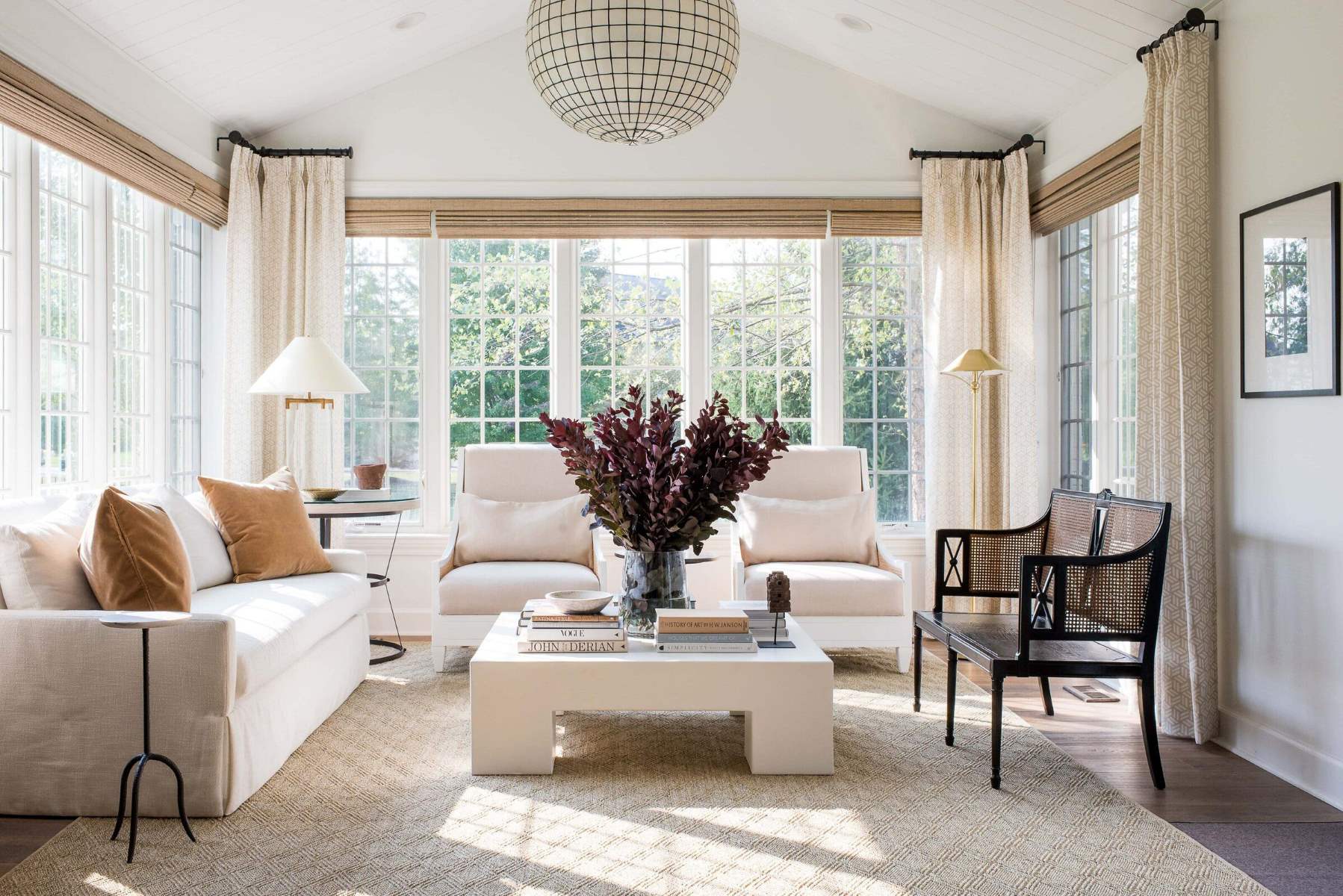
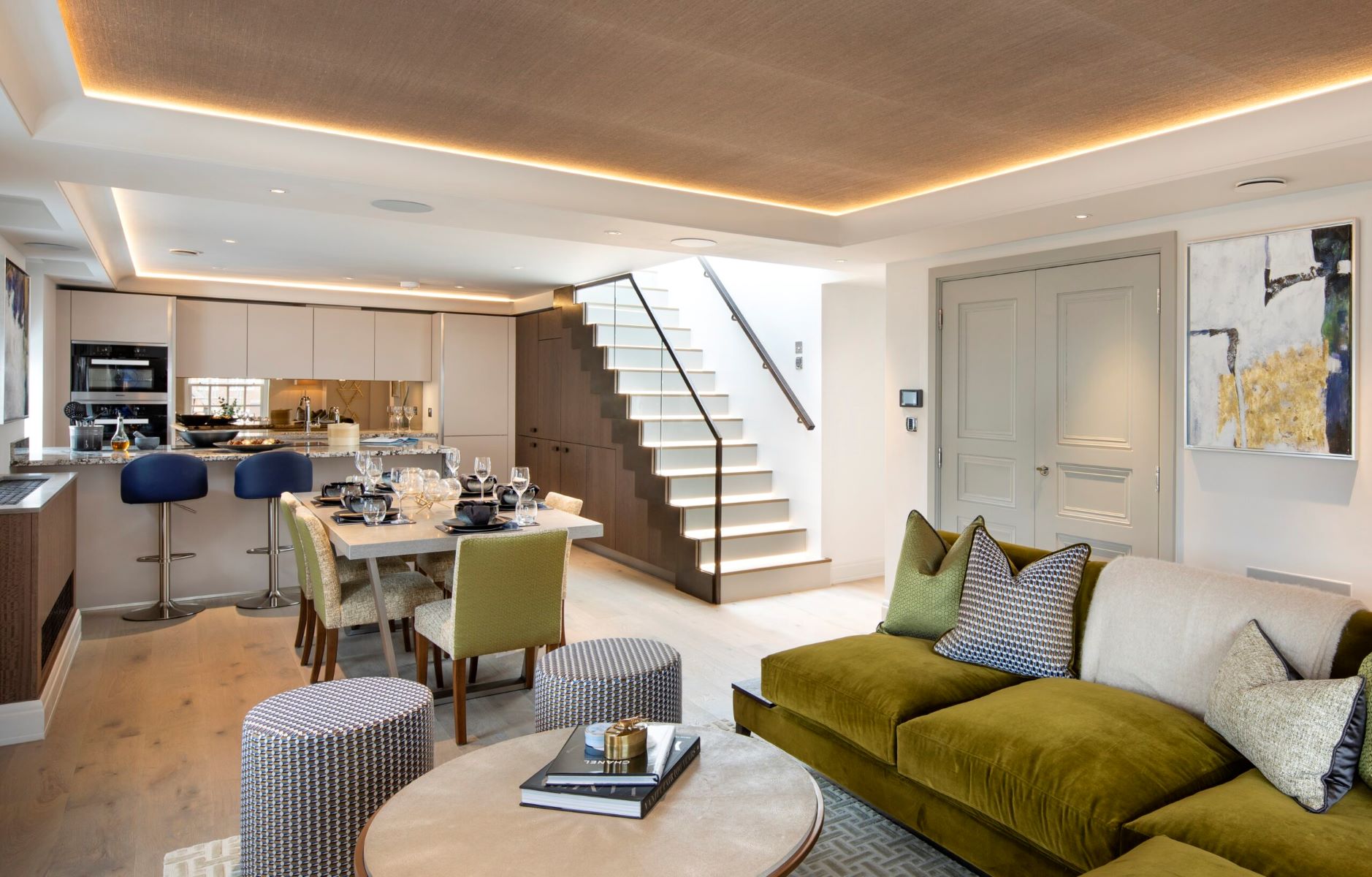
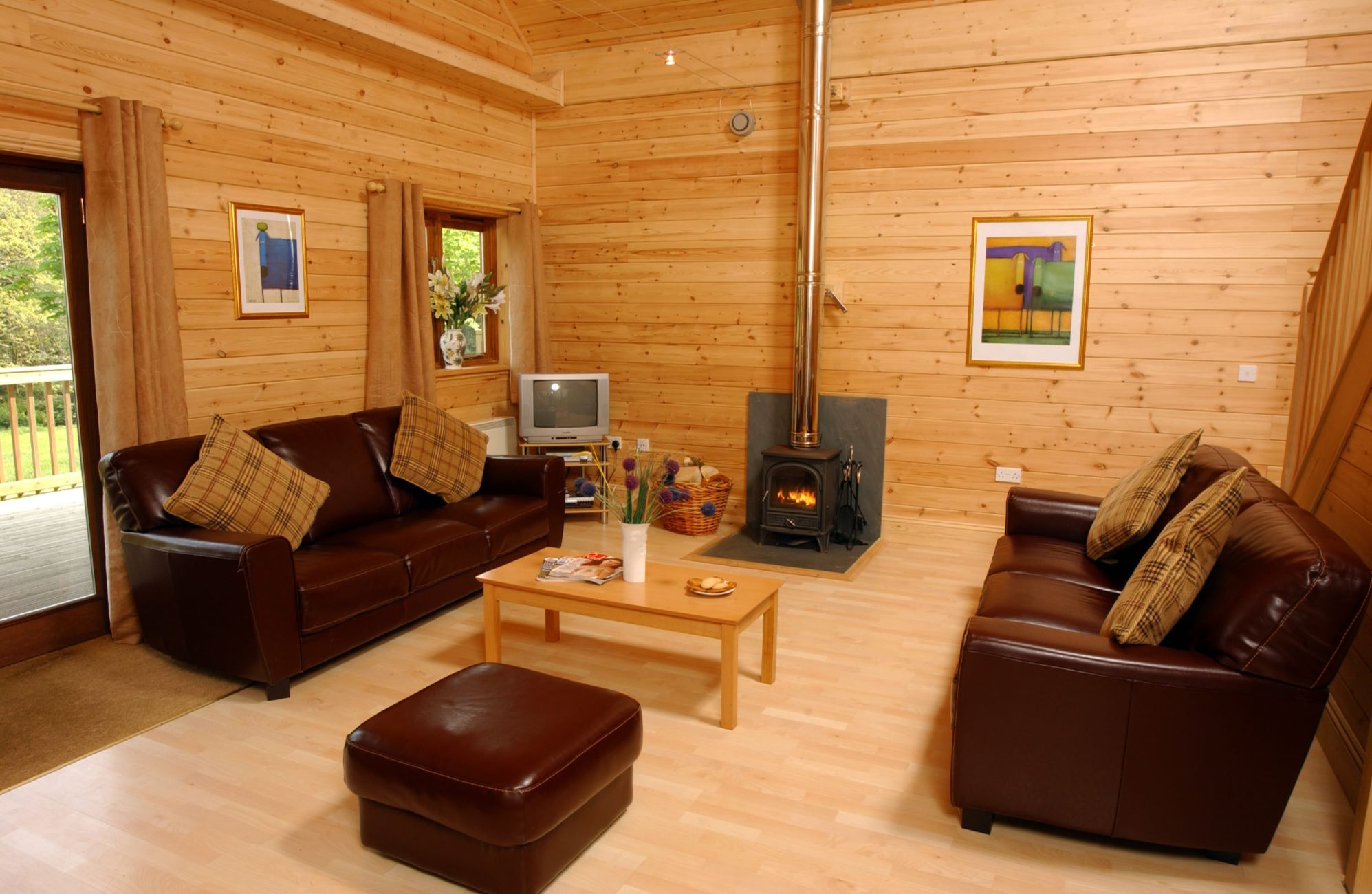
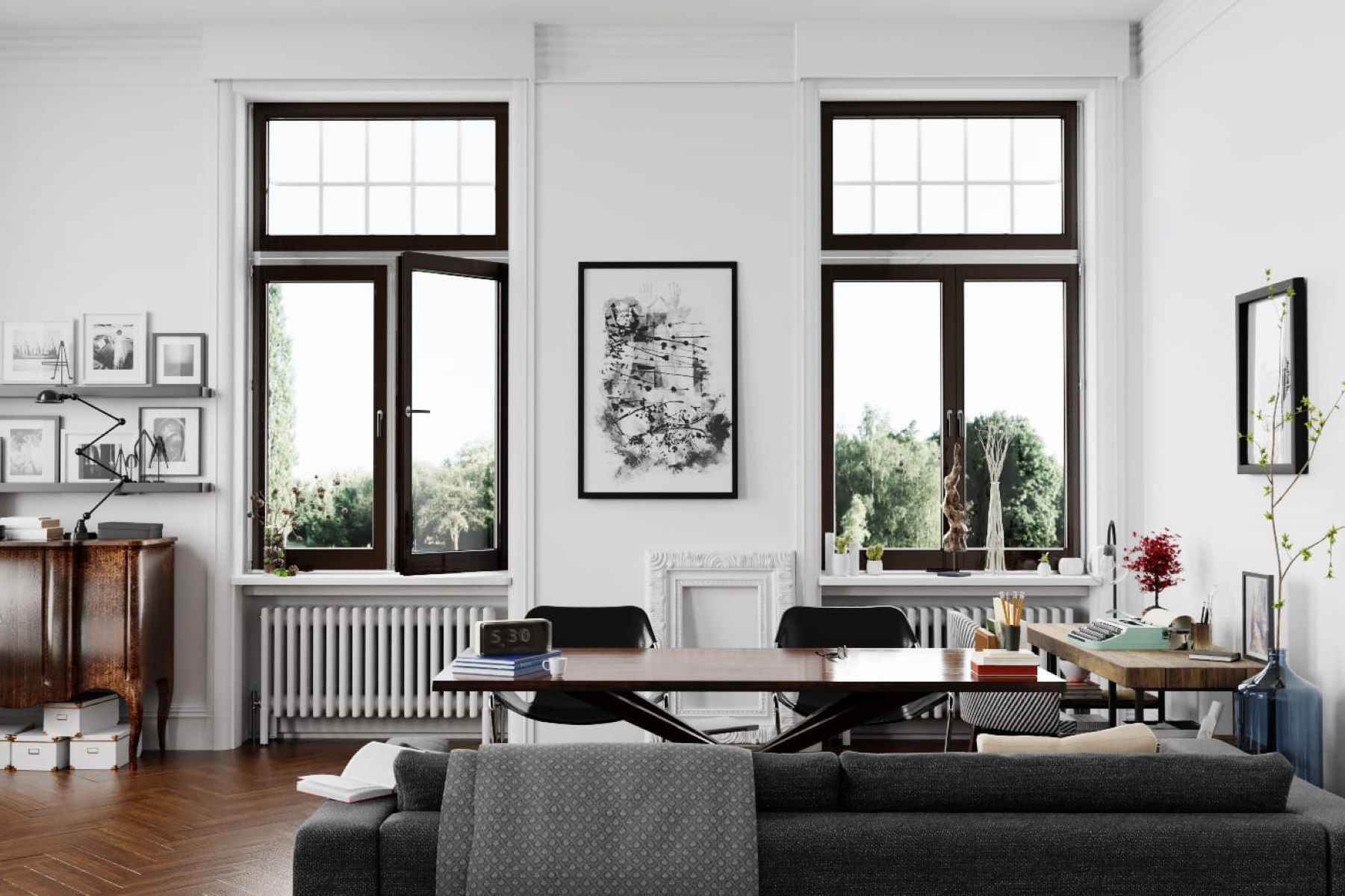
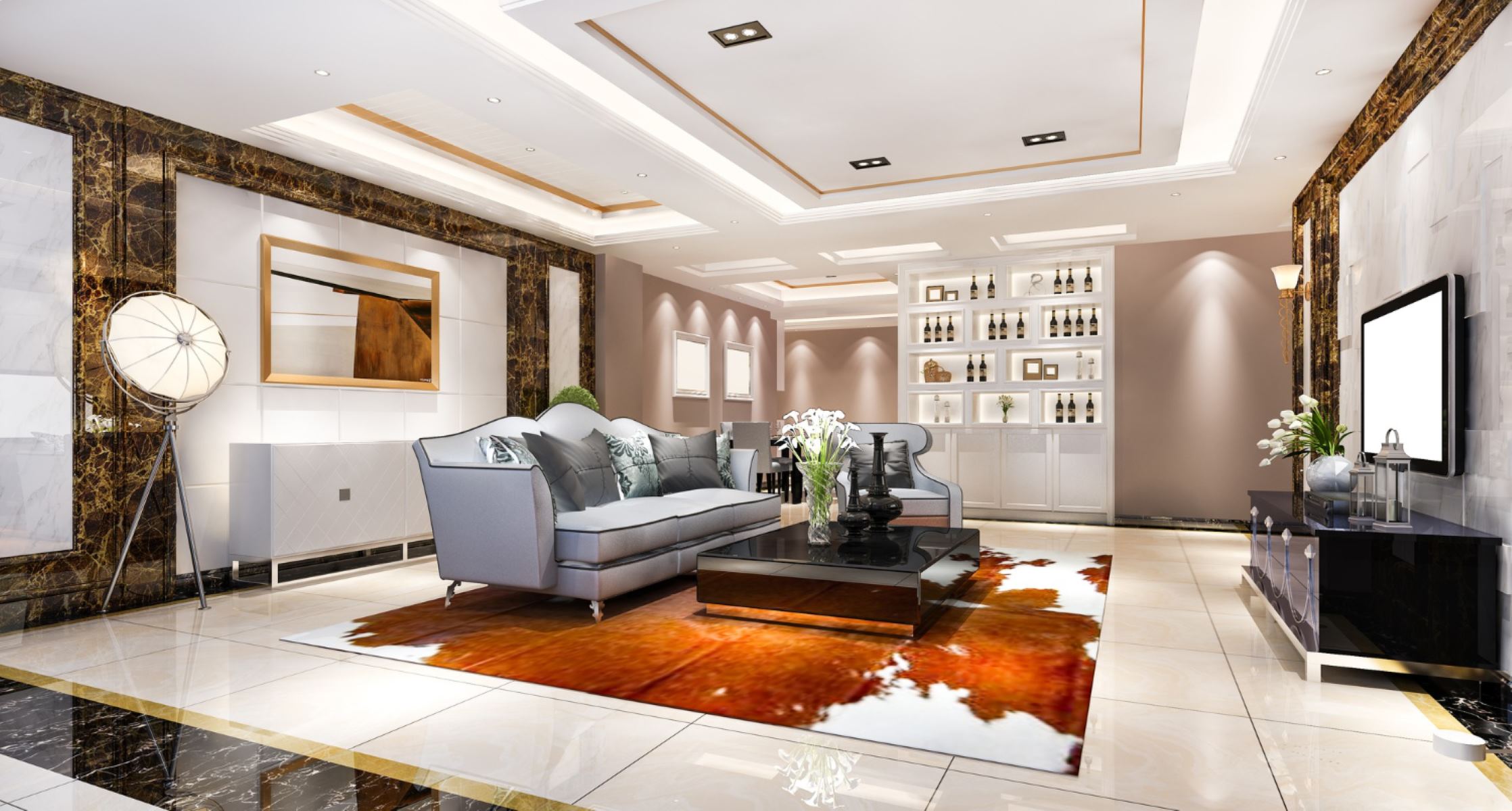
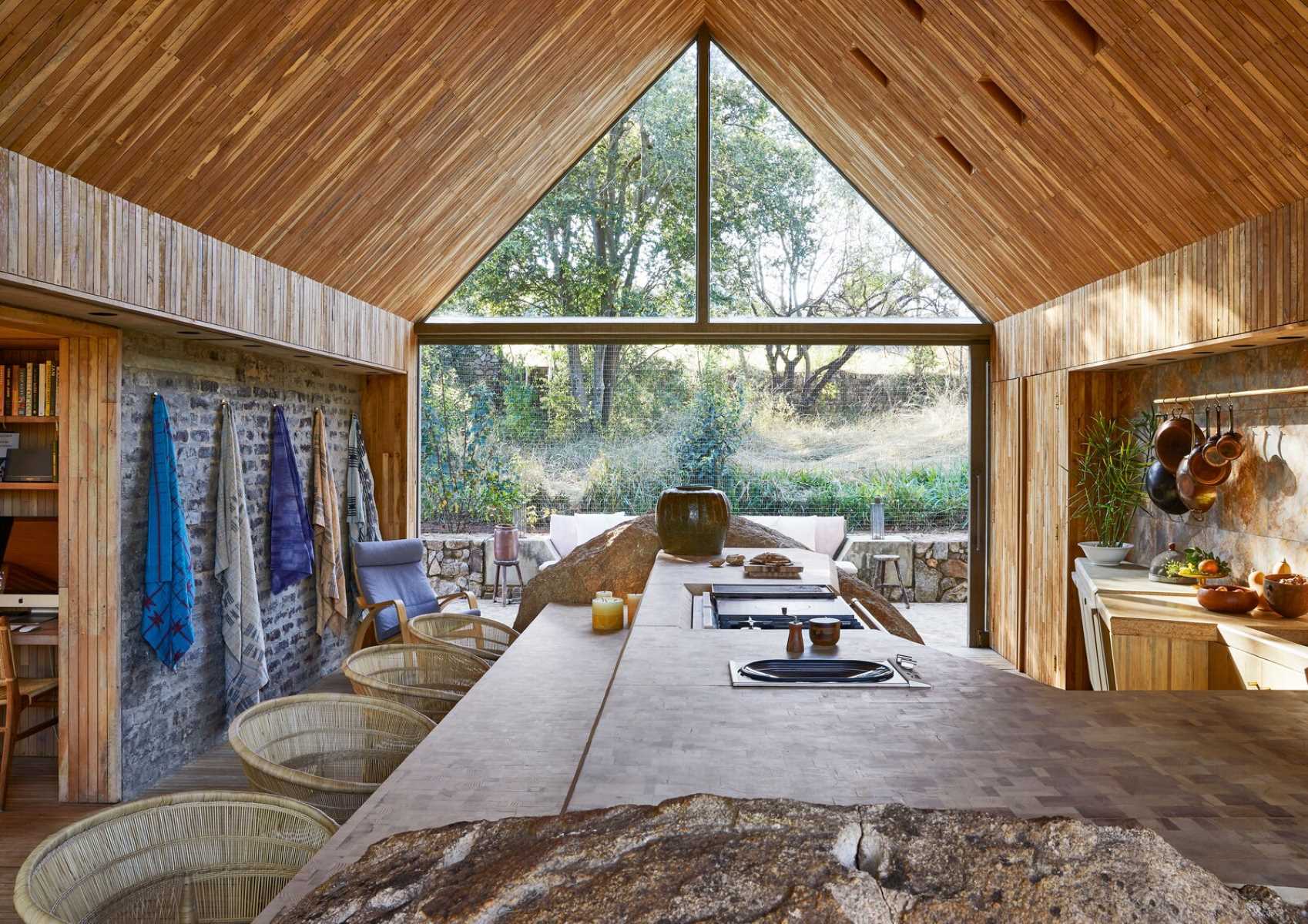
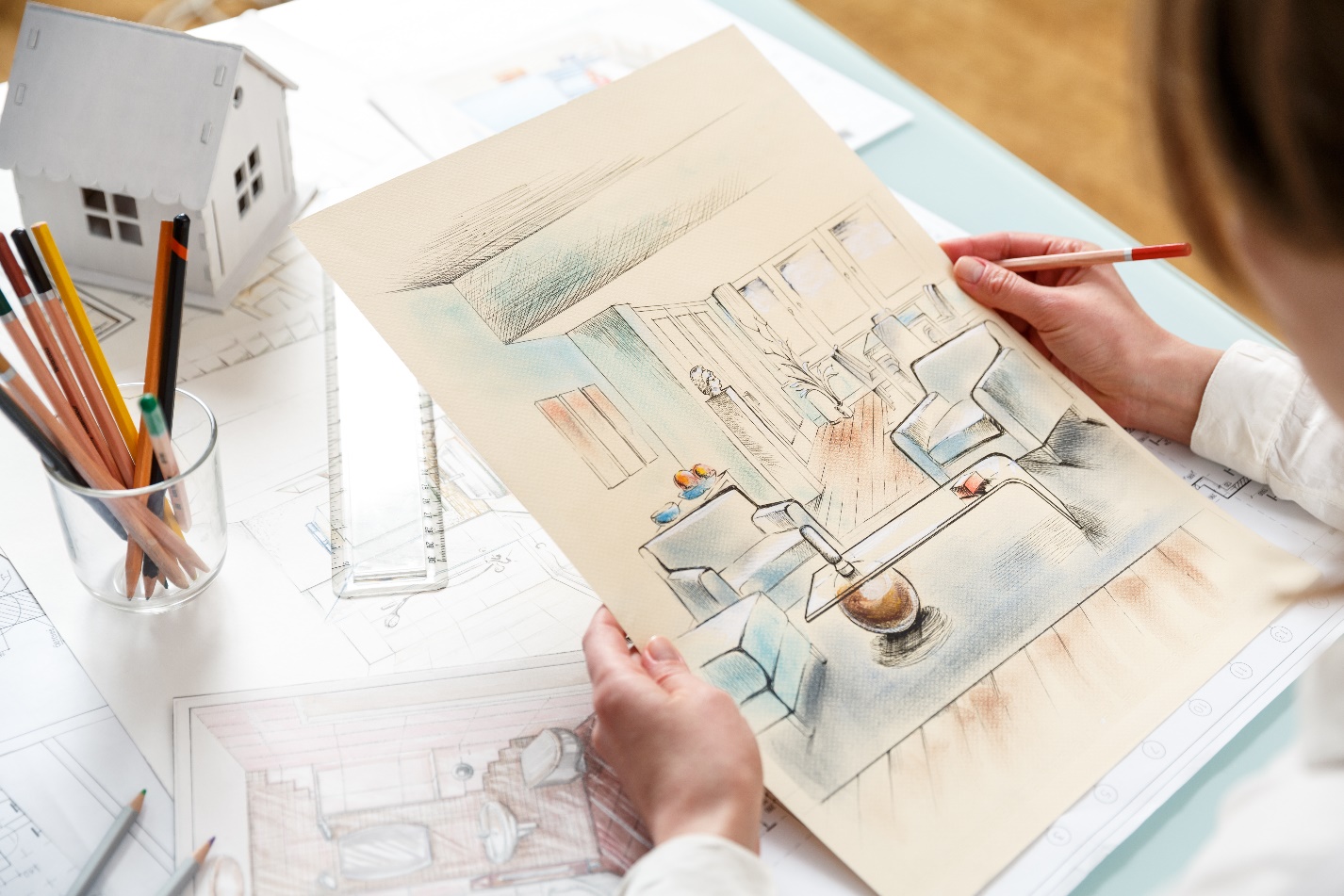
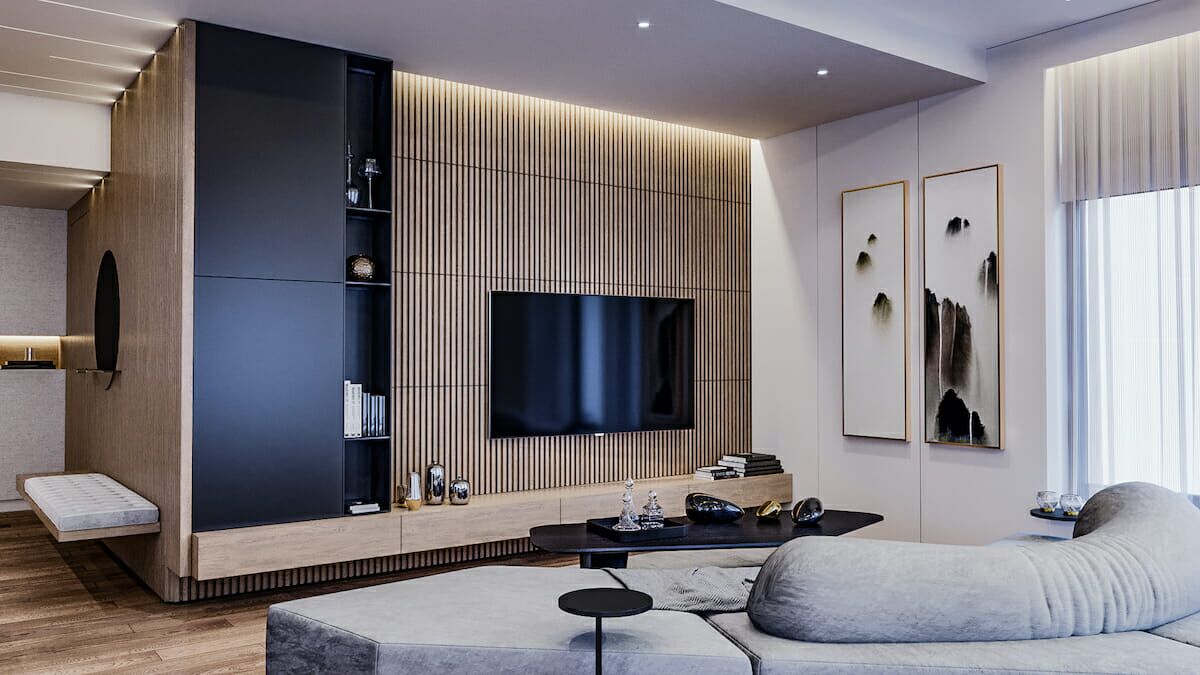
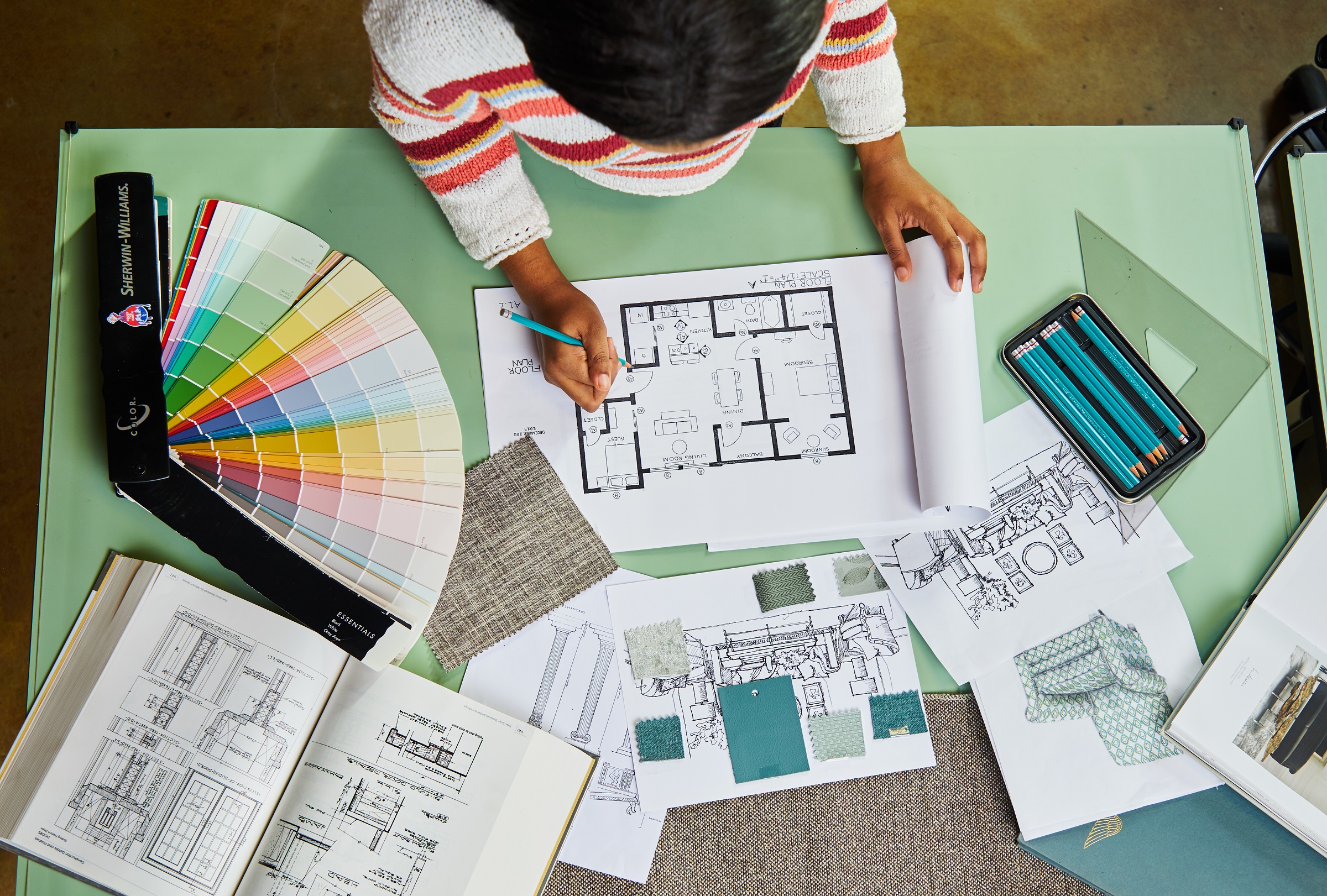
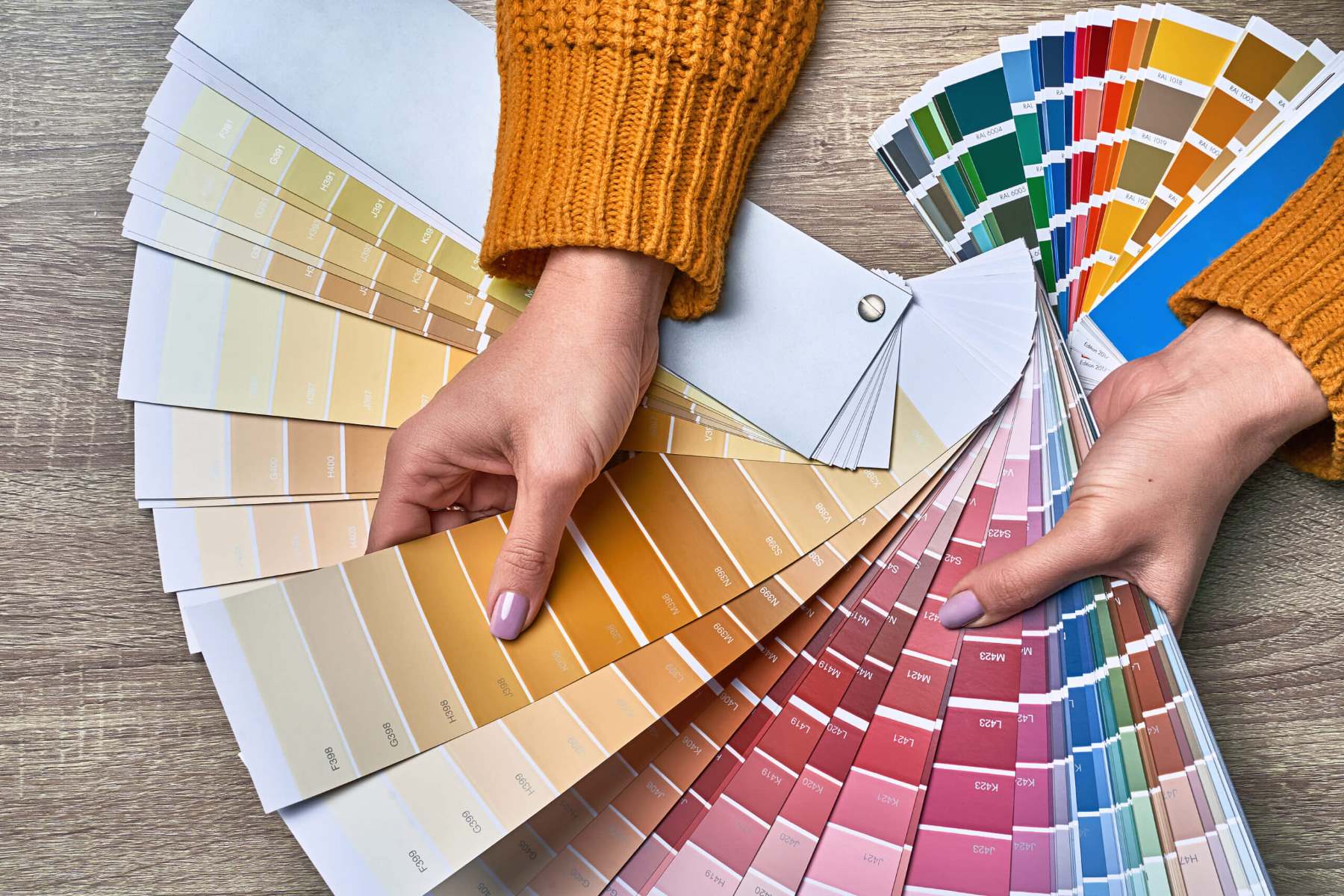
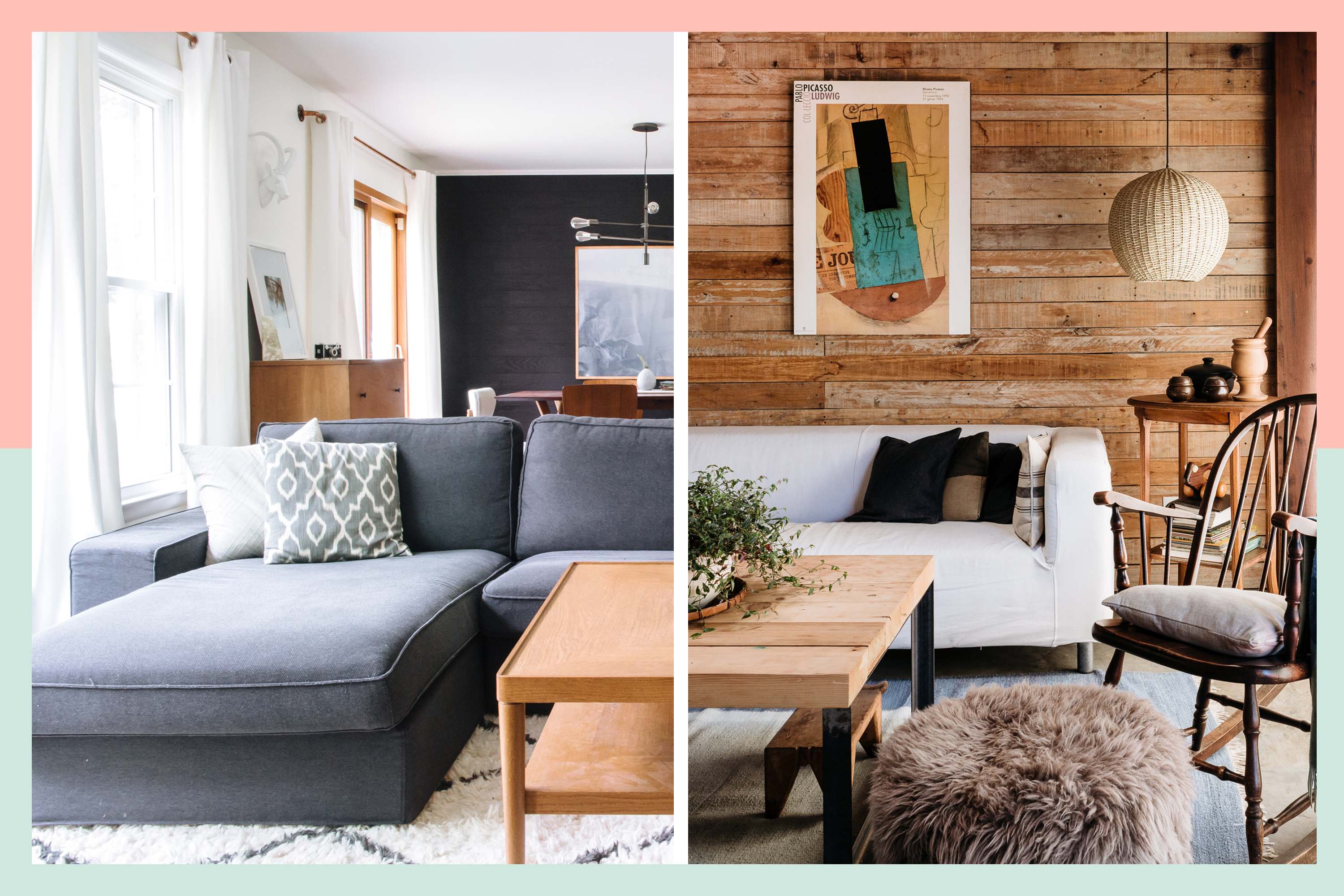
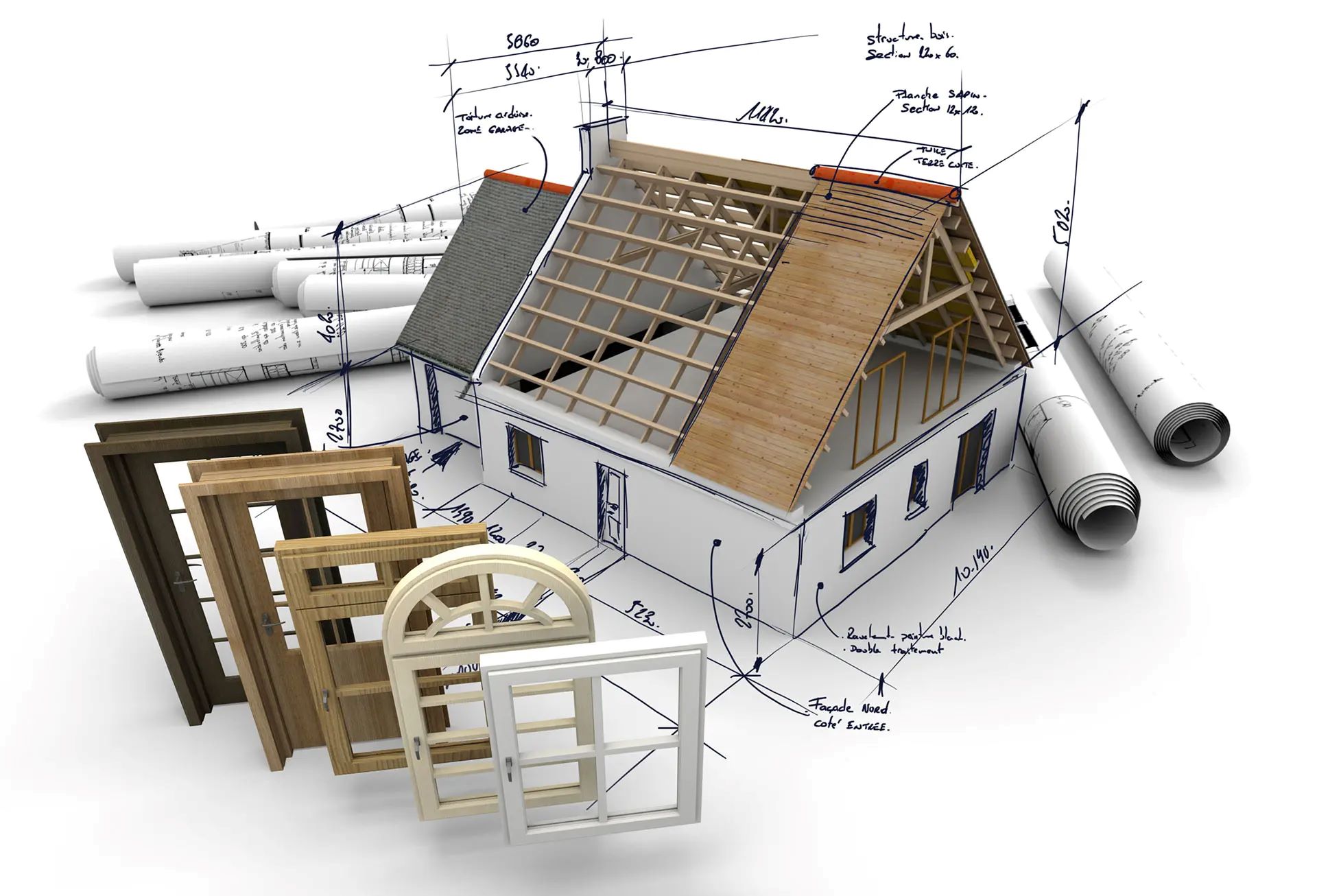
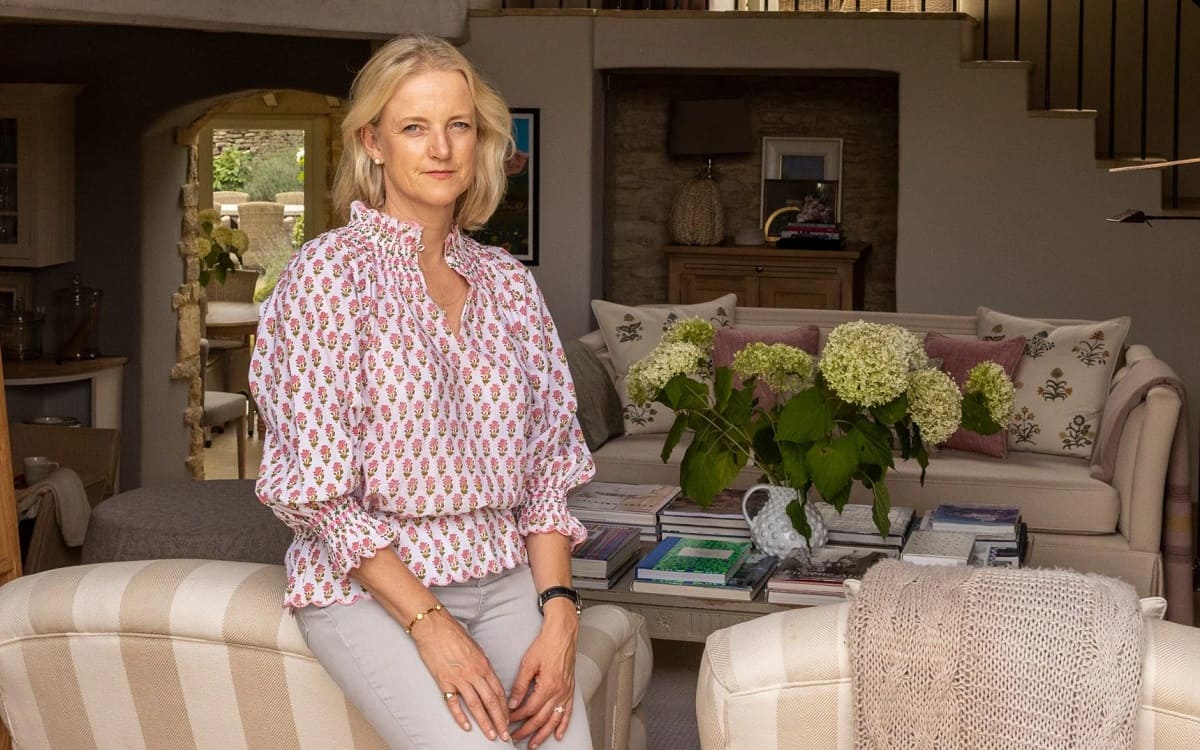


0 thoughts on “How Long To Interior Design A House”